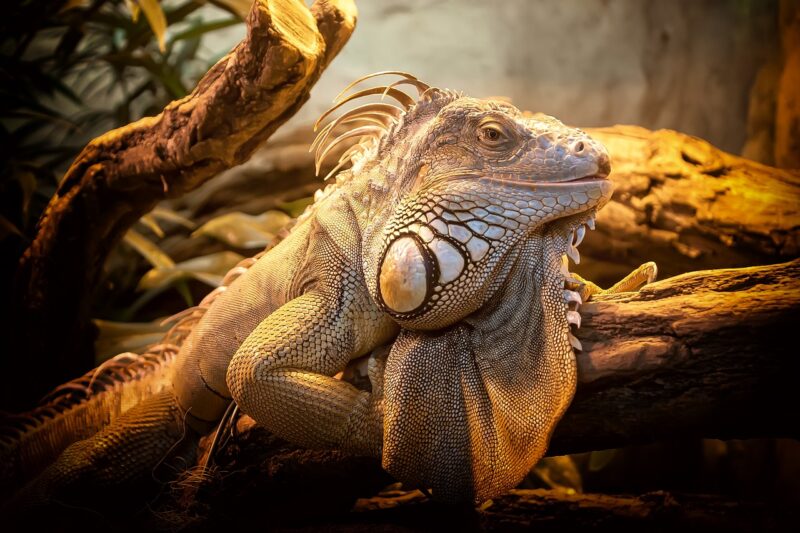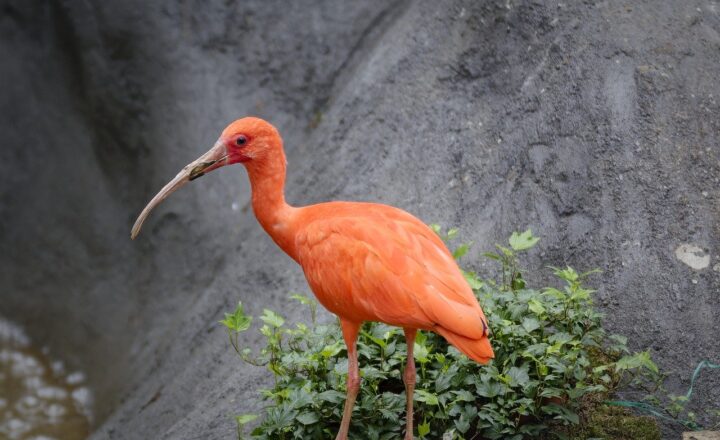Amazing Wildlife Tales: Unusual Animal Behaviors That Will Blow Your Mind
November 18, 2024

The animal kingdom is full of astonishing stories that reveal extraordinary behaviors, strategies, and intelligence. These tales challenge our understanding of wildlife and often leave us in awe. In this article, we will delve into some of the most unusual animal behaviors that will completely blow your mind.
1. Vampire Bats: The Social Bloodsuckers
Among the approximately 1,300 species of bats, the vampire bat stands out as one of the more fascinating and bizarre creatures. Contrary to what many might think, these blood-sucking mammals exhibit surprising social behaviors.
Vampire bats are known for their ability to share food with less fortunate members of their colony. If a bat fails to feed one night, it can return to its roost and solicit regurgitated blood from those that have successfully feasted. This social behavior ensures the survival of the colony and strengthens social bonds.
However, this cooperation comes at a cost. The bats that donate blood are more likely to be offered a meal in the future, highlighting the importance of reciprocity within their social structure. This act of sharing shows that even in a world of predation, community and cooperation thrive.
2. Octopuses: The Masters of Disguise
Octopuses are renowned for their incredible abilities to blend into their environments, using a sophisticated combination of color change, texture alteration, and camouflage.
One striking behavior is their ability to mimic other sea creatures. For instance, the mimic octopus (Thaumoctopus mimicus) can imitate the appearance and behavior of several marine species, including lionfish, flatfish, and venomous sea snakes. This mimicry not only helps them avoid predators but also allows them to move unbothered through dangerous territories.
Even more fascinating is their use of inks. When threatened, octopuses can not only camouflage but also eject a cloud of ink, creating a smokescreen that allows them to escape. This combination of intelligence and adaptive behavior solidifies the octopus as one of nature’s true enigmas.
3. Crows: The Tool Users
Crows are often underestimated, yet they are among the most intelligent wildlife on the planet. Known for their problem-solving abilities, crows have demonstrated tool use behaviors that are surprisingly advanced.
Research has shown that New Caledonian crows (Corvus monedula) can create tools from sticks to extract insects from tree bark. In one compelling study, crows were observed fashioning hooks from twigs to retrieve food from hard-to-reach places.
Moreover, crows can also plan for the future—a behavior once thought to be exclusive to humans and a few other mammals. They can remember faces, hold grudges, and even engage in complex social interactions. Their intelligence challenges the age-old perception of animal hierarchies and intelligence in the animal kingdom.
4. Dolphins: The Communicators
Dolphins are celebrated for their playful nature and high intelligence, but what truly sets them apart are their complex communication skills.
Recent studies have shown that dolphins have distinct ‘signature whistles’ that serve as unique identifiers, akin to names in human culture. When they call out to one another, they use these whistles to signal their presence or location, demonstrating a sophisticated grasp of acoustic communication. Additionally, dolphins can even communicate with other marine species, indicating a depth of interaction not commonly observed in nature.
Moreover, the way dolphins socialize with one another—using synchronized swimming and playful interactions—suggests that their social structures are reminiscent of human societies. Their playful and communicative behaviors highlight a rich social framework among these intelligent marine mammals.
5. Elephants: The Empathetic Giants
Elephants possess remarkable emotional intelligence. These gentle giants exhibit behaviors indicating empathy and mourning, characteristics that are rare in the animal kingdom.
For instance, elephants have been observed participating in rituals around deceased members of their herd. They touch the bones and remain near the body, appearing to mourn their loss. Additionally, elephants use a variety of vocalizations to communicate emotions,some of which are detected over long distances.
Moreover, elephants often assist and support each other in their social groups, displaying behaviors reminiscent of familial duty. Their ability to demonstrate deep emotional ties and support networks challenges our understanding of social behaviors in the wild.
Conclusion
The animal kingdom is full of wonders that continuously surprise and intrigue us. From vampire bats’ altruistic behavior to elephants’ emotional intelligence, these unusual tales offer a glimpse into the remarkable lives of creatures that share our planet. Understanding these behaviors not only enriches our knowledge of wildlife but also highlights the importance of conservation efforts to protect these amazing animals and their unique traits. Recognizing the profound complexities of animal behavior opens our eyes to the interconnectedness of all life on Earth.
Embrace the call of the wild, and let these stories inspire a deeper appreciation for the diverse and fascinating creatures that inhabit our planet.








